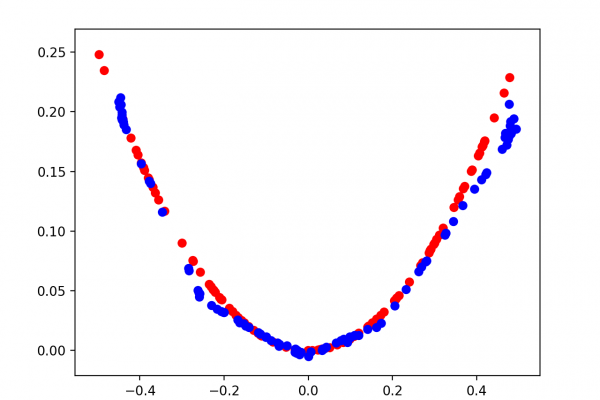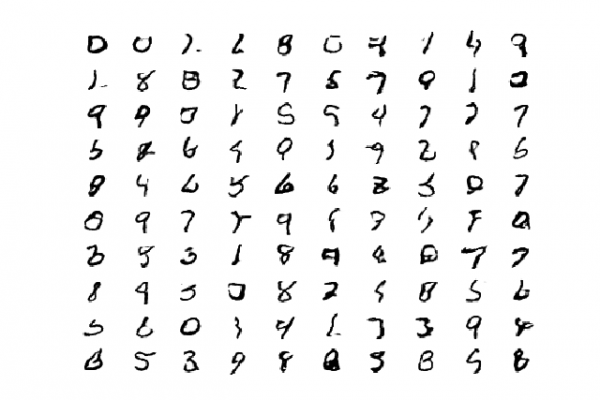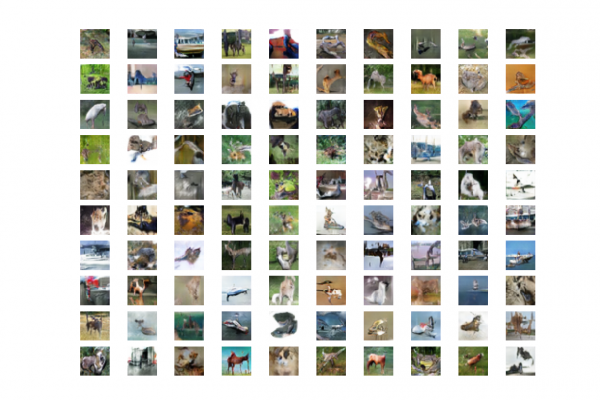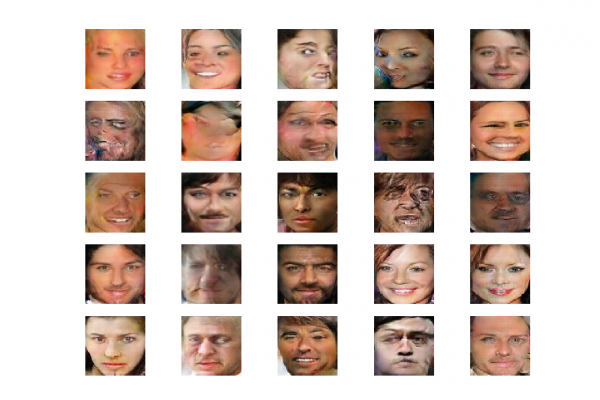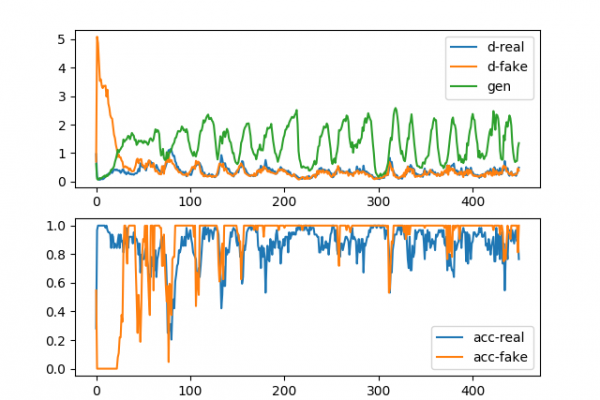How to use the UpSampling2D and Conv2DTranspose Layers in Keras
Last Updated on July 12, 2019 Generative Adversarial Networks, or GANs, are an architecture for training generative models, such as deep convolutional neural networks for generating images. The GAN architecture is comprised of both a generator and a discriminator model. The generator is responsible for creating new outputs, such as images, that plausibly could have come from the original dataset. The generator model is typically implemented using a deep convolutional neural network and results-specialized layers that learn to fill in […]
Read more
